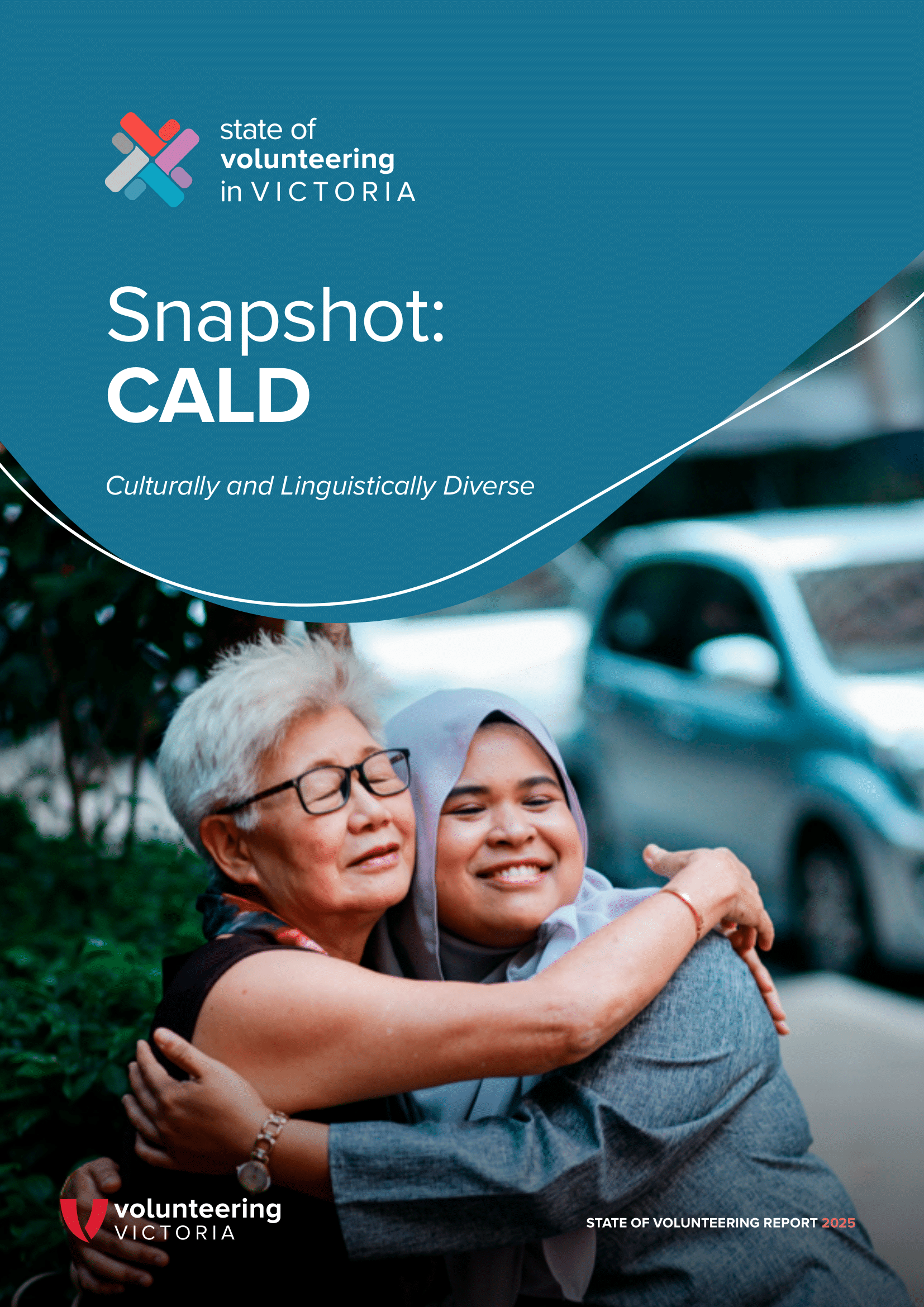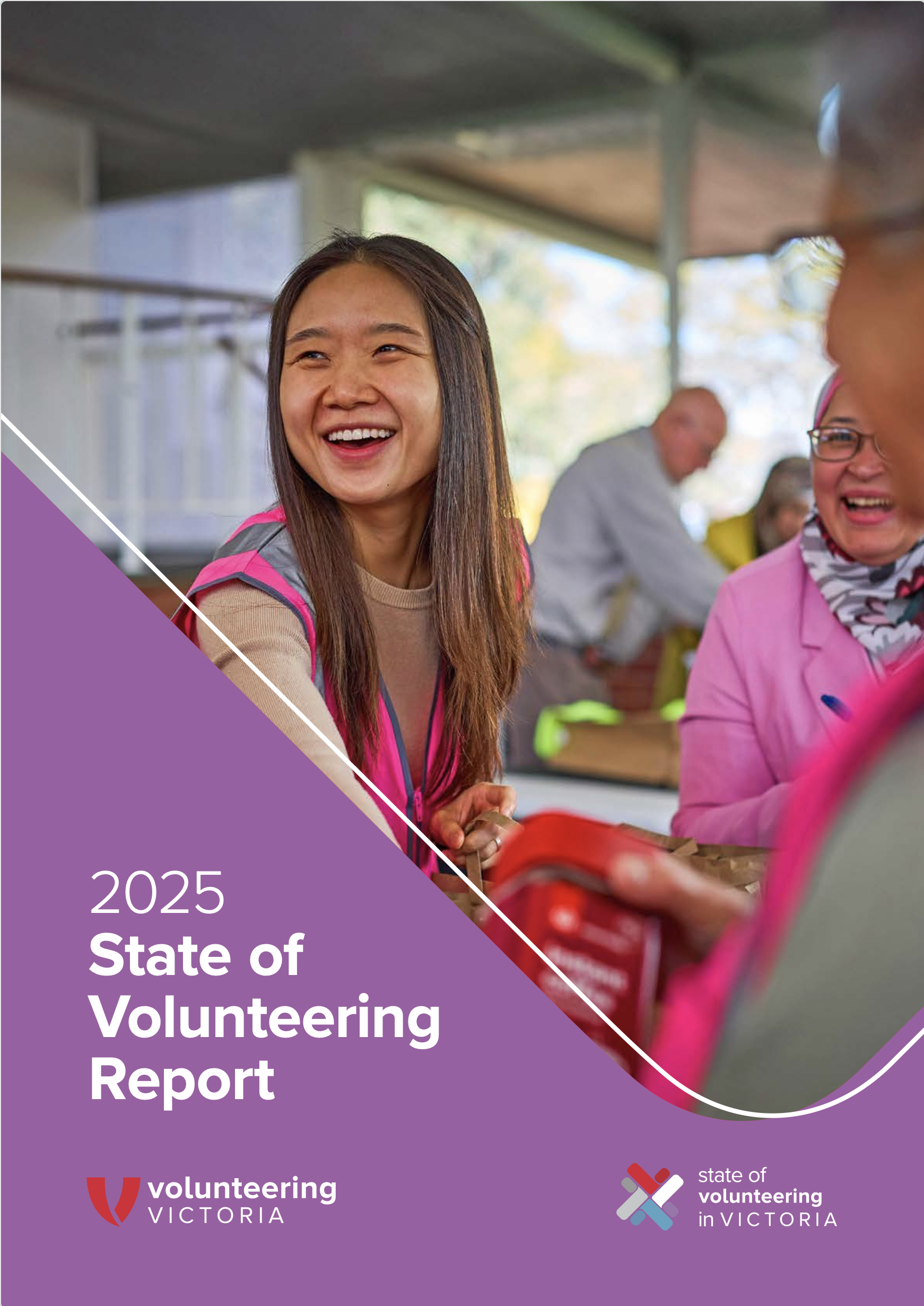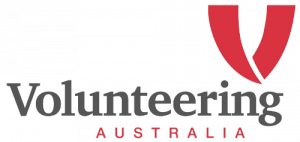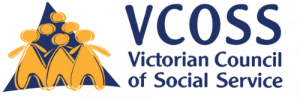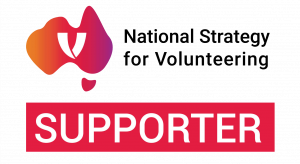
Our multicultural communities are one of Victoria’s greatest strengths. In particular, volunteers from culturally and linguistically diverse (CALD) backgrounds play a vital role in enriching community life.
The 2025 State of Volunteering Report (SOVR) highlights not only the scale of their contribution, but also the unique ways CALD communities engage in volunteering. It’s important to recognise these differences and adapt accordingly so that volunteering is genuinely inclusive and sustainable for all.
Note: In this research, CALD status was identified by whether respondents reported using a language other than English at home, alongside their self-reported cultural identity.
CALD volunteering is deeply embedded in community life
For CALD communities, volunteering is often far more than a formal role or rostered shift – it’s embedded in cultural, spiritual, and community traditions. In some languages, there isn’t even a direct translation for “volunteering”; helping others is simply seen as part of life.
”“In Iraq there is no term for volunteering – helping is just part of the community.”
The data reflects this commitment. Across the state, 71% of CALD individuals volunteer, giving 234 hours on average each year – a level of commitment higher than the statewide average. For many, volunteering is not just a way of serving others but also a vital bridge into community life.
This should prompt leaders to rethink how participation is framed. Recognising culturally embedded acts of care as “volunteering” matters – not just formal hours logged.
”“While volunteering is something we all do, it almost seems like it’s just a word. It’s our way of life. It’s about seeing people in need, seeing communities in need, and going: what can I do as a person to help?”
Benefits aren’t just one way
While CALD volunteering is often understood through cultural traditions and a sense of collective responsibility, this isn’t the full story. Like many, there are also personal drivers and benefits that shape their engagement.
Recognition can be a powerful motivator for CALD volunteers. In some cases, this is reputational, such as building standing and respect within their community. In others, formal acknowledgement such as certificates or references helps build Australian credentials, supporting pathways into paid employment.
The data highlights the personal benefits: CALD volunteers reported higher levels of wellbeing than CALD non-volunteers on average. It’s clear that community engagement through volunteering fosters purpose, confidence, and connection, strengthening both community ties and individual resilience.
Recruitment and onboarding look different for CALD volunteers
Online platforms and professional referrals are central pathways for CALD volunteers. If your organisation is relying heavily on word of mouth, community events, or walk-ins, you may be unintentionally limiting reach. Instead, visibility in digital spaces and connections with referral services are critical.
This could look like:
- Posting volunteer roles on SEEK or local multicultural community pages.
- Building strong referral links with health and community services that CALD communities already trust.
- Reviewing whether your role descriptions are clear, accessible, and translated if needed.
Consider language barriers
It’s also important to acknowledge that low English or literacy levels can be a significant barrier in some CALD communities. Additional support may be required, such as:
- Designating a support person or buddy to assist new volunteers.
- Providing role information and instructions in plain English.
- Assigning more contained or task-based volunteer roles.
Be mindful of Australian-specific practices
Don’t forget: some aspects of volunteering in Australia may be unfamiliar to CALD volunteers. Formal role descriptions, compliance checks, and structured expectations are not always the norm in other countries. Taking the time during onboarding to explain your organisational processes – why they exist and how they keep volunteers and communities safe – can make a big difference in supporting CALD volunteers to feel informed and confident in their role.
Flexibility is important
Many CALD volunteers balance cultural practices, faith-based commitments, and caring responsibilities alongside their volunteering. Designing roles with flexibility – in hours, duties, or location – should be a core part of your inclusion strategy.
This could look like:
- Offering flexible or task-based roles that can be completed outside fixed hours.
- Allowing volunteers to step back during cultural or religious observances.
- Co-designing roles with CALD communities to ensure they are accessible and relevant.
CALD volunteers carry heavier costs
The research shows that CALD volunteers face out-of-pocket expenses more than double those of non-CALD volunteers ($409 vs $173 per year). Transport, uniforms, training, and childcare all add up. While CALD volunteers are slightly more likely to receive reimbursements, they are also more likely to incur costs in the first place.
This financial burden isn’t a small inconvenience – it’s a barrier that can erode participation and inclusion if not addressed.
This could look like:
- Providing transport vouchers, pre-paid Myki cards, or covering uniform costs.
- Including a line in your budget for reimbursements and communicating it upfront.
- Exploring shared meals or on-site childcare where possible.
Cultural safety is not just about inclusion, but belonging
While many CALD volunteers report positive experiences, the research shows bias and discrimination remain a reality – whether subtle exclusion or overt racism. Unsurprisingly, these experiences impact trust, retention, and willingness to engage.
”“Sometimes just looking a certain way or belonging to a certain religion makes people treat you differently.”
True inclusion is not just about providing access. It’s about creating cultures where volunteers feel safe, valued, and recognised for who they are.
It’s also important to remember that first impressions matter. A volunteer’s first point of contact with an organisation can shape whether they feel welcome or out of place.
This could look like:
- Regular cultural awareness and anti-racism training for staff and volunteers.
- Hosting cultural celebrations or language-sharing lunches to honour diversity.
- Setting up safe, clear processes to report and address discrimination.
- Reflecting on your current onboarding experience:
- What would a new volunteer see, hear and feel in their first week with your organisation?
- Are your welcome materials clear, culturally sensitive, and easy to understand?
Looking ahead: the future of CALD volunteering
CALD volunteers bring with them unique practices, languages, and perspectives that enrich volunteering. Building safe, affirming, and culturally responsive volunteering environments to support their engagement requires a sustained effort.
It’s not enough to simply open the door. Leaders need to go further by:
- Rethinking programs to value and celebrate different ways of giving.
- Reducing barriers to access.
- Investing in digital and flexible pathways.
Only then can we create genuinely inclusive spaces where CALD volunteers feel valued for who they are.
Ready to engage CALD volunteers?
Other CALD resources:

